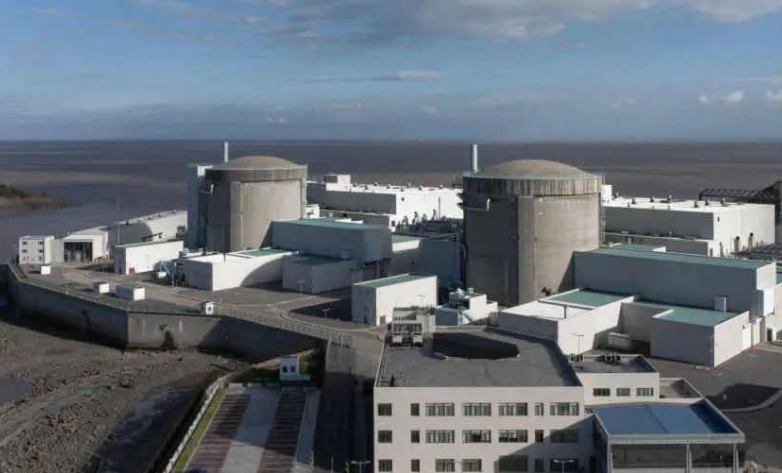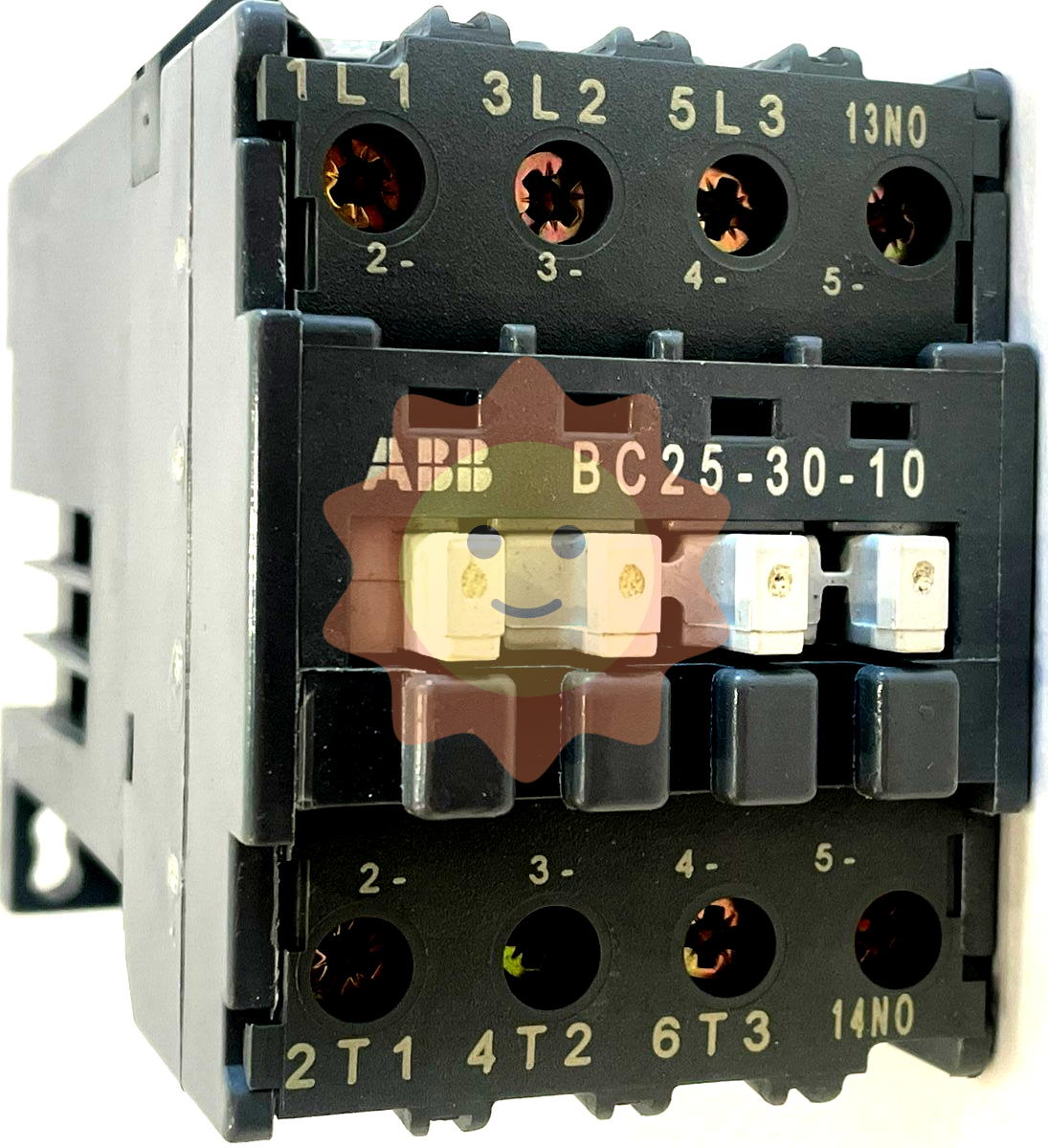Why is Germany phasing out nuclear power? Why end nuclear power now?
The first Renewable Energy Act, which provided for on-grid subsidies to wind and solar producers, contributed to a boom in renewables, sharply lowering the price of new technologies and growing the share of renewables in Germany's electricity consumption from 6 percent in 2000 to 46 percent in 2020. This shift in electricity supply - known as the "energy transition" - has raised awareness and ambition for the decarbonisation of other sectors, and led to the 2020 decision to phase out coal power by 2038 at the latest. Germany's new government wants to bring that end date forward to 2030.
04. Why doesn't Germany phase out coal before nuclear?
Germany has often been criticised for phasing out low-carbon nuclear power, while the proportion of CO2-heavy coal in its energy mix remains relatively high. There are several reasons and explanations for this.
The decision to phase out nuclear power is also the starting point for decarbonizing the country's electricity supply, mainstreaming renewables and lowering their prices until they are cheaper than new conventional power plants. While most countries made their decision to quit coal after the 2015 Paris Agreement (and several others committed to ending coal use at the UN climate summit COP26 in 2021), the early 2000s or 2010s were a very early period for Germany to stop using historically familiar, domestically produced and reliable sources of energy. Renewable energy sources were not yet available to provide such affordable and secure energy.
Since the decision to phase out nuclear power in 2000, the share of coal in Germany's electricity generation has fallen from 43 percent in 2011 (when seven nuclear power plants were closed) to 23.4 percent in 2020. No new coal plants have been planned/built since 2007.

However, if a country that considers itself a pioneer of climate action still has some of the largest emissions from power stations in Europe, that does paint a pretty dubious picture. However, Stefan Rahmstorf, head of Earth system analysis at the Potsdam Institute for Climate Impact Research, noted: "Emissions from the energy sector have been cut in half since 1990 [...] It is other sectors that have so far failed to meet their targets."
The campaign against fossil power plants led Germany to agree in 2020 to phase out coal power generation by 2038. Following the country's decision to bring forward its net zero target date to 2045, the new government has said it plans to bring forward the coal exit "ideally" to 2030.
Simon Energiewende, Germany director of Agora Energiewende, a German think tank. "The rate of reduction in Germany is too slow to be simply linked to the timing of the phase-out of nuclear and coal," Muller told Clean Energy Network. "After a few years of boom, the government let the renewable energy market collapse. With the more ambitious expansion of renewables, the share of CO2-free power generation is now likely to be even higher, "he said.
Another difference between coal and nuclear power is that, despite being enthusiastically embraced by the major political parties in the 1960s, nuclear power was a relatively new phenomenon that did not have a solid base in society and was quickly discredited by accidents and protests. Coal mining, on the other hand, has been entrenched in several German states for 200 years. It used to have a large (and often proud) workforce, wield considerable political influence, and was often a major employer and economic stronghold of a region. It is (or, in the case of hard coal, was) a domestically available energy source.
These are among the reasons why it will be easier for Germany to initiate a withdrawal from nuclear power before phasing out coal.
05. Will Germany emit more CO2 as a result of phasing out nuclear power?
Some climate activists, researchers and pro-nuclear groups argue that Germany could have prevented carbon dioxide emissions if it had decided to reduce coal electricity consumption before it stopped using nuclear power. "From a pure emissions perspective, it has always been a questionable idea to shut down German nuclear power plants before the end of their life," Hans Koenig, project leader commissioned by Aurora Energy Research, told Bloomberg.
The Federal Environment Agency uses the following emissions estimates: onshore wind at 10 g CO2e/KWH, solar PV at 67 g CO2e/KWH, nuclear at 68 g CO2e/KWH, natural gas at 430 g CO2e/KWH and lignite at more than 1 kg CO2e/KWH.
Pro-nuclear activists Rainer Moormann, a former physical chemist at the Julich Research Center, and Anna Veronica Vunderland of the Held Institute for the History of Eastern Central Europe in Marburg proposed in 2020 to keep the last six plants operating, Would enable Germany to close all its lignite plants in North Rhine-Westphalia - by reversing the decision to shut down the last six reactors in 2021 and 2022 and keep them running until the end of the decade, Germany's total CO2 emissions could be reduced by 10 percent.
Economists at the German Institute for Economic Research (DIW) concluded in a recent paper that "the reduction in nuclear energy will temporarily lead to an increase in the use and import of fossil energy sources, which will increase CO2 emissions in the short term." However, as renewable energy accelerates, these emissions should decrease rapidly." In the short term, nuclear power will indeed be replaced by fossil fuel power plants and imports. According to the DIW, a 15 terawatt hour (TWh) increase in imports would increase emissions by about 40 million tonnes of CO2. Other studies have shown that, in the context of the overall cap of the European Emissions Trading System (EU ETS), the rise in German emissions would be compensated for by the fall in emissions from other countries, keeping overall emissions stable while seeing a small increase in the price of CO2 allowances.
- EMERSON
- Honeywell
- CTI
- Rolls-Royce
- General Electric
- Woodward
- Yaskawa
- xYCOM
- Motorola
- Siemens
- Rockwell
- ABB
- B&R
- HIMA
- Construction site
- electricity
- Automobile market
- PLC
- DCS
- Motor drivers
- VSD
- Implications
- cement
- CO2
- CEM
- methane
- Artificial intelligence
- Titanic
- Solar energy
- Hydrogen fuel cell
- Hydrogen and fuel cells
- Hydrogen and oxygen fuel cells
- tyre
- Chemical fiber
- dynamo
- corpuscle
- Pulp and paper
- printing
- fossil
- FANUC
- Food and beverage
- Life science
- Sewage treatment
- Personal care
- electricity
- boats
- infrastructure
- Automobile industry
- metallurgy
- Nuclear power generation
- Geothermal power generation
- Water and wastewater
- Infrastructure construction
- Mine hazard
- steel
- papermaking
- Natural gas industry
- Infrastructure construction
- Power and energy
- Rubber and plastic
- Renewable energy
- pharmacy
- mining
- Plastic industry
- Schneider
- Kongsberg
- NI
- Wind energy
- International petroleum
- International new energy network
- gas
- WATLOW
- ProSoft
- SEW
- wind
- ADVANCED
- Reliance
- YOKOGAWA
- TRICONEX
- FOXBORO
- METSO
- MAN
- Advantest
- ADVANCED
- ALSTOM
- Control Wave
- AB
- AMAT
- STUDER
- KONGSBERG
- MOTOROLA
- DANAHER MOTION
- Bently
- Galil
- EATON
- MOLEX
- Triconex
- DEIF
- B&W
- ZYGO
- Aerotech
- DANFOSS
- KOLLMORGEN
- Beijer
- Endress+Hauser
- MOOG
- KB
- Moxa
- Rexroth


Email:wang@kongjiangauto.com


















































































































